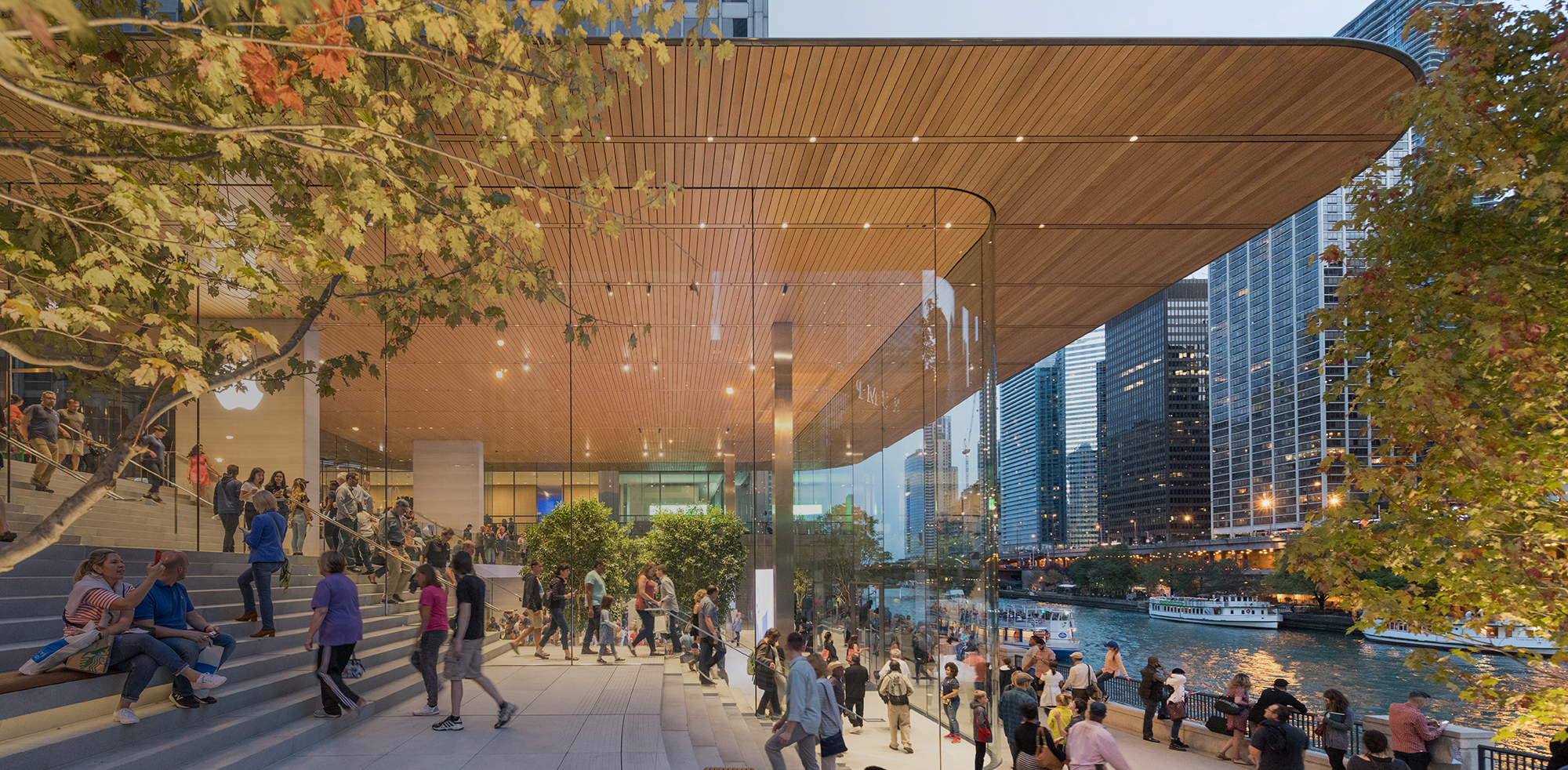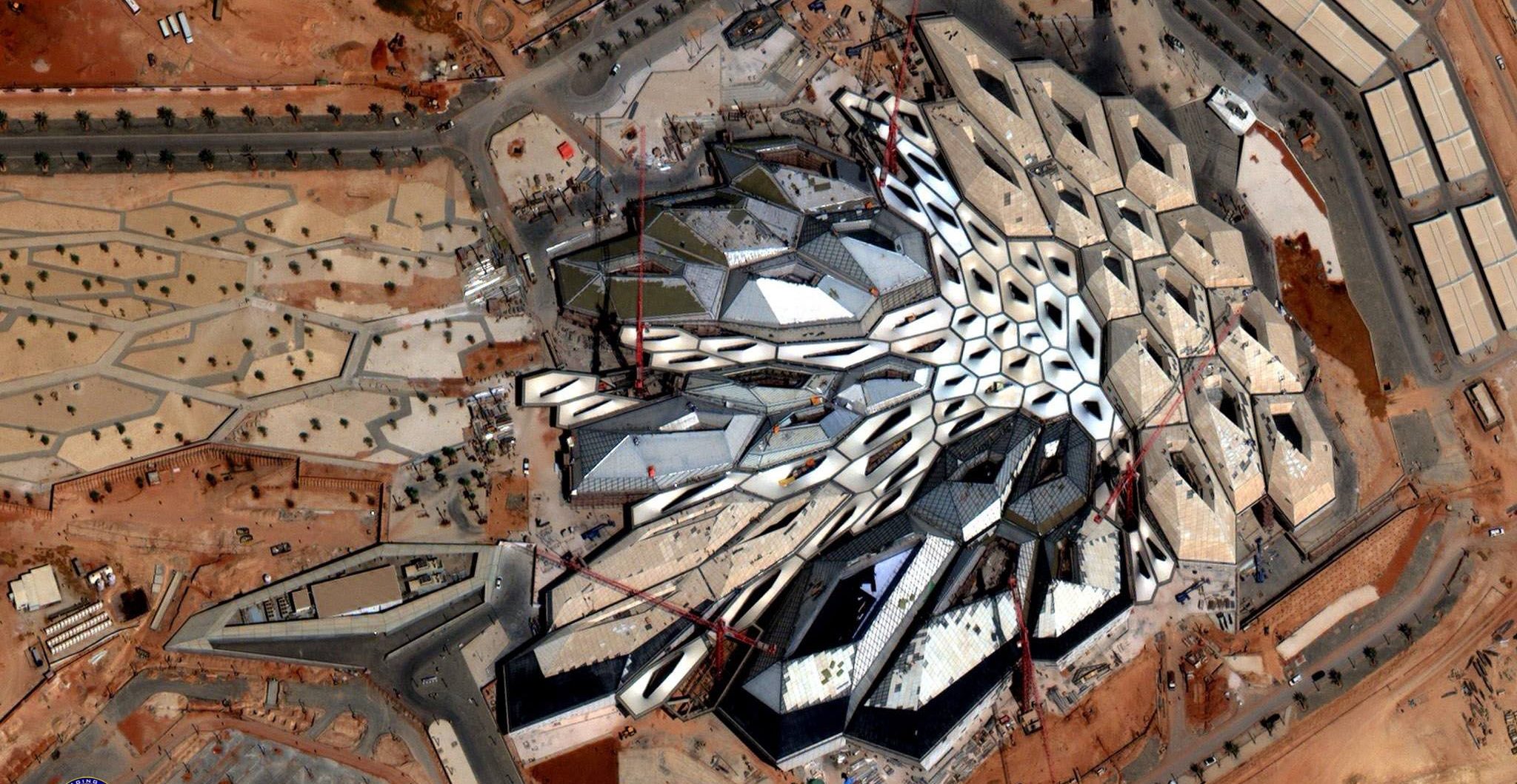Feast your eyes on the world's best architectural representation: the 2025 Vision Awards have been announced! Sign up for the program newsletter for future updates.
Our esteemed jury of influential practitioners and industry leaders from the worlds of architecture and photography will evaluate the entries. The quality of the competition comes down to the jury, and we’re proud to say we’ve assembled the very best.
One of the standout jurors is Paul Clemence, an artist, photographer, writer and filmmaker who focuses on expressing the subjective and poetic side of architecture. His work has been widely published and he exhibits at events like Venice Biennale, Art Basel and Design Miami. “Architecture Photography”, aka ARCHI-PHOTO, his Facebook page, is a social media phenomenon, with over 1.1 million followers worldwide. Trained as an architect, he is originally from Brazil and is now based in Brooklyn, NY.
We spoke with Paul Clemence to learn more about his background and understanding what it takes to capture an award-winning architectural photograph.
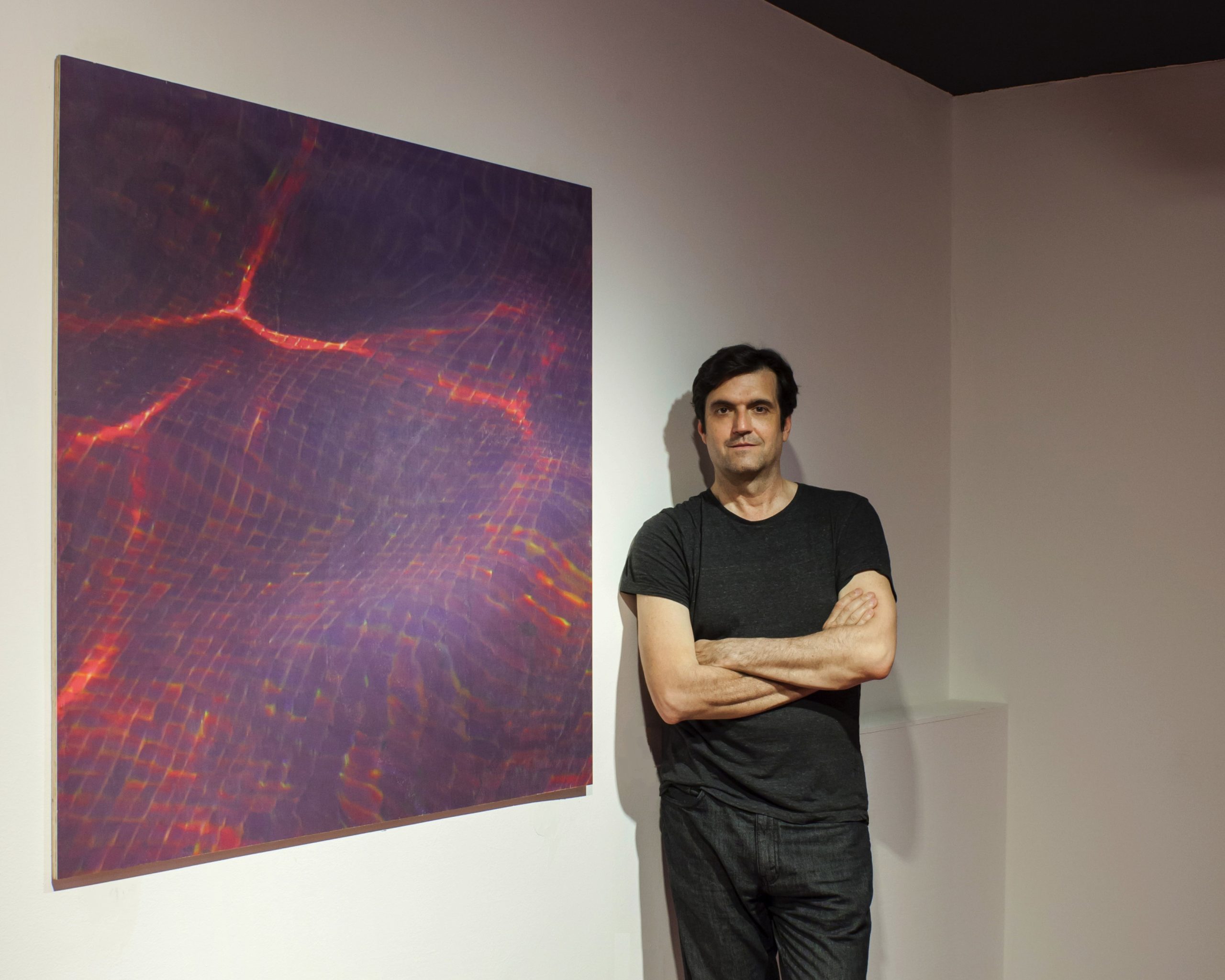
Hannah Feniak: You originally studied as an architect and are now widely known for capturing the cross-disciplinary nature of art, buildings, and design. What first drew you to architectural photography? Do you think your architectural training has shaped your photographic practice?
Paul Clemence: Ever since I was a kid, I liked buildings, paid attention to them. I remember walking by real estate offices and asking my father to get me one of those commercial models! Then as a teenager, I began getting into photography. And finally, these two things combined when I was studying architecture and would photograph my models for my project’s presentations. My architectural education most certainly influences my photography. It taught me to look at and understand space. Whenever I lecture or teach a workshop, I always say that architecture is not just erecting buildings but is also a way of looking at the world.
After college, when I began immersing myself more in art, it brought this other element to my work. It helped me think of space and structures in a more poetic, expressive way. Artists like Edward Hopper, Giorgio de Chirico, Julie Mehretu, and even radical abstractionists like Jackson Pollock can teach us so much about appreciating space and Architecture.
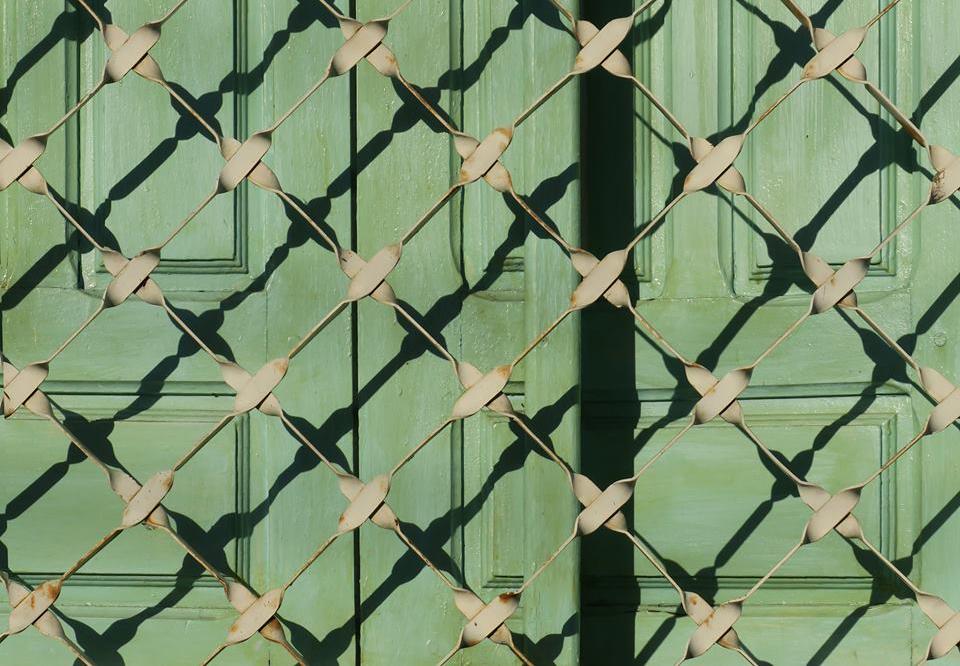
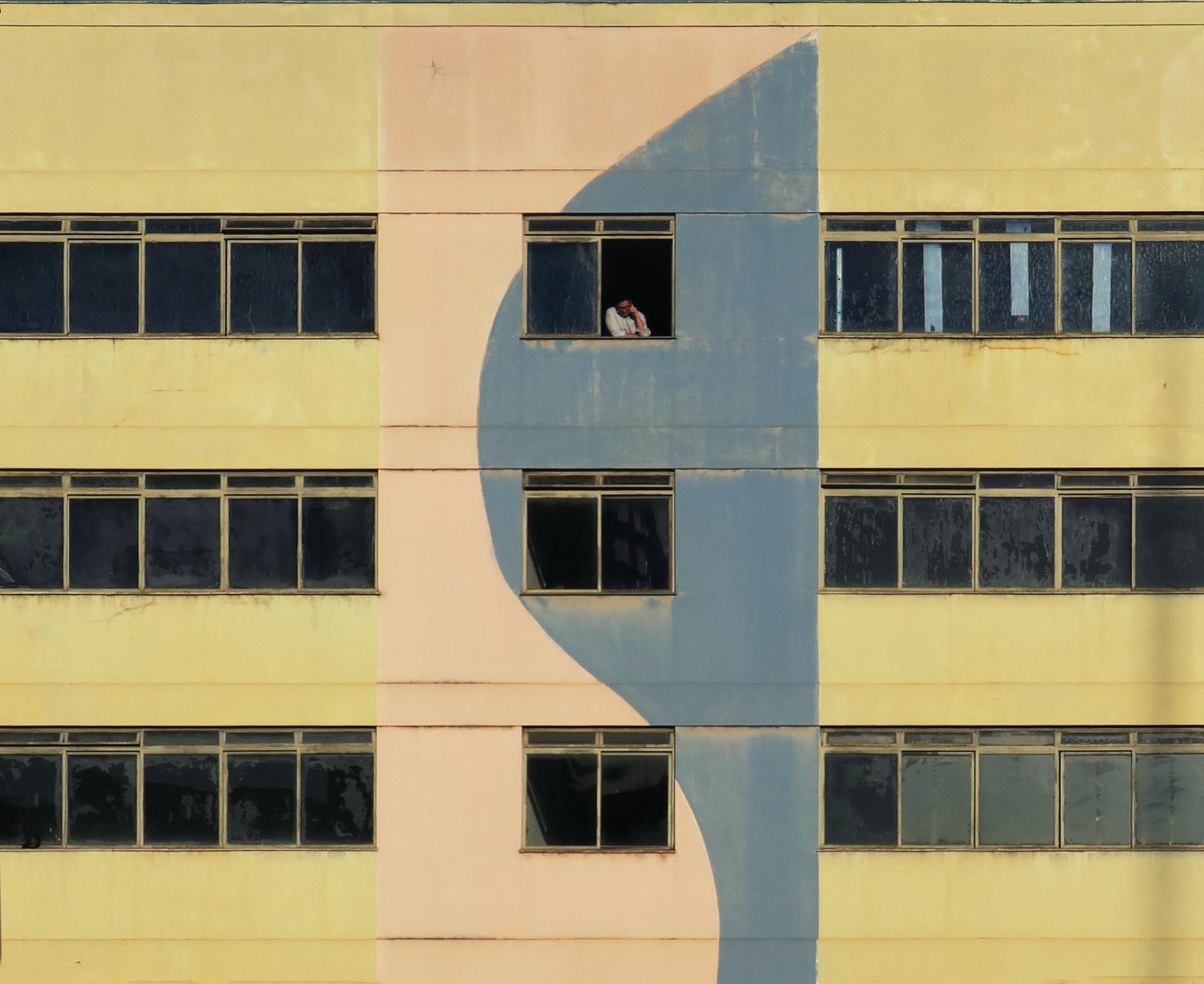 Early in your career, you published a book that extensively chronicled the Farnsworth House. In 2020, you celebrated the 60th anniversary of Brasilia by posting a photo essay online. In between, you’ve captured a wide range of buildings. How do you choose the subjects that you photograph? Is there anything in particular that you are drawn to?
Early in your career, you published a book that extensively chronicled the Farnsworth House. In 2020, you celebrated the 60th anniversary of Brasilia by posting a photo essay online. In between, you’ve captured a wide range of buildings. How do you choose the subjects that you photograph? Is there anything in particular that you are drawn to?
That varies a lot. With my first book, the South Beach B&W photo essay, I began thinking of my work in a serial, editorial way (in terms of structuring the work, not visual direction). For example, the Farnsworth House portfolio was a commission, but then as I was in Chicago, I thought let me also look at what else I find here. Sure enough, later, some of my Chicago images made it to an article on the city. My commercial career more so developed in relation to publishing (magazines, online portals). That opened the doors to many incredible possibilities to travel and see works by some of my favorite architects worldwide.
Overall, I would say that my filter is a mixture between circumstances and inspiration. In 2018, for example, I was commissioned to shoot the historical landmarks of a city in Brazil called Cuiabá. I am not usually drawn to historic buildings, but once there, the light was so impressive that those landmarks were appealing as subject matter. And so inspiring was the light there that I ended up developing a whole essay on the city parallel to the original commission. I think more than anything, I am drawn to light, and light is ultimately time.
Have you noticed any changes in your approach to architectural photography over the years?
I recently found some analog negatives of a visit to Falling Water when I was an architecture student many, many moons ago, and was amazed at how some of my basic shots I do now were already there: the close-up details, the structure, the textures. The equipment and technique have, of course, evolved, but conceptually I can see the roots were there already. I would say, though, that over the years, I have become more conscious of the narrative needs between the photos of a building (for sure, something ingrained in my subconscious by dealing with editors). The result of photographing a building should read like some narrative, even if an abstract one. It should have a flow that engages.
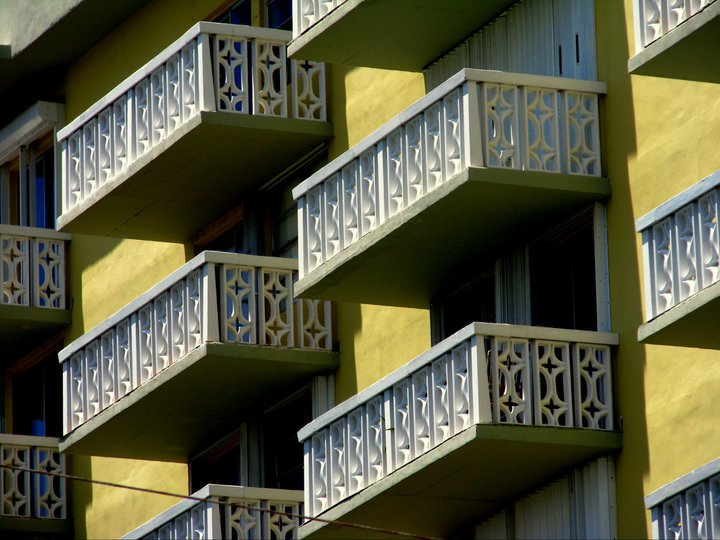
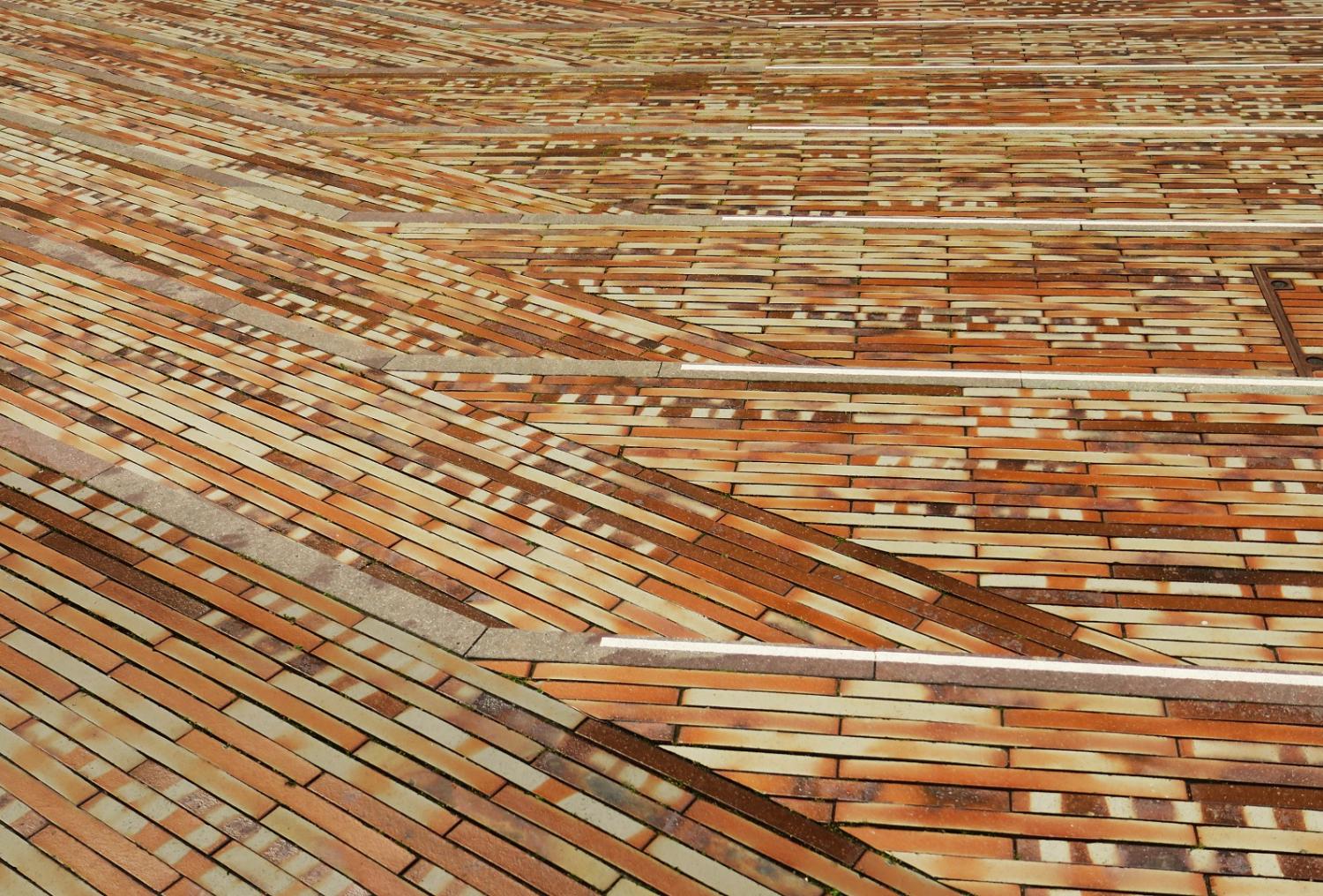
You were born in New Jersey, grew up in Brazil, and have lived in Florida. Has living across these different cultures has brought anything distinct to your work?
I think living in South Beach, in Florida, definitely influenced my work. I moved there right after graduating in Architecture from the Federal University of Rio de Janeiro. I was still in that obsessed state of when we are students of looking hungrily at everything, meaning buildings, and South Beach with its famous Art Deco district was a total delight for the eyes. But it wasn’t just about the facilities; it was also that amazing Miami light and the broad vistas possible there. I think that time there helped me develop my perception of space and light.
As life slowed down this year, we were all given new perspectives and forced to shake up ingrained routines. Throughout the pandemic, have you found yourself experimenting with new techniques or approaches? Are there any styles or subjects you would like to see architectural photographers hone in on going forward?
For me, what the pandemic did was make more time to do the work. With less travel, there was more time to focus. Time and rhythm are important parts of how I work, both in the field and at the studio for post-production. On many levels, this challenging moment was an excellent opportunity to recalibrate that.
Regarding the second question, I think styles and subject matter are very personal choices. The how and the what are not as important to me; what appeals to me is to see an image that only that particular photographer could have taken — the personal vision. So, I would say I would like to see fewer trends in photography and more individuality.
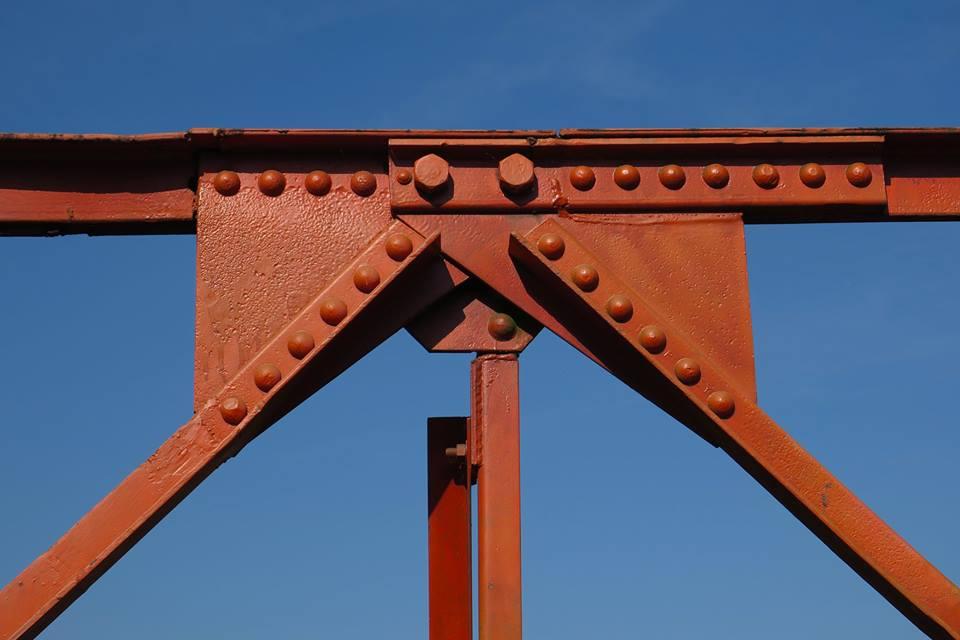
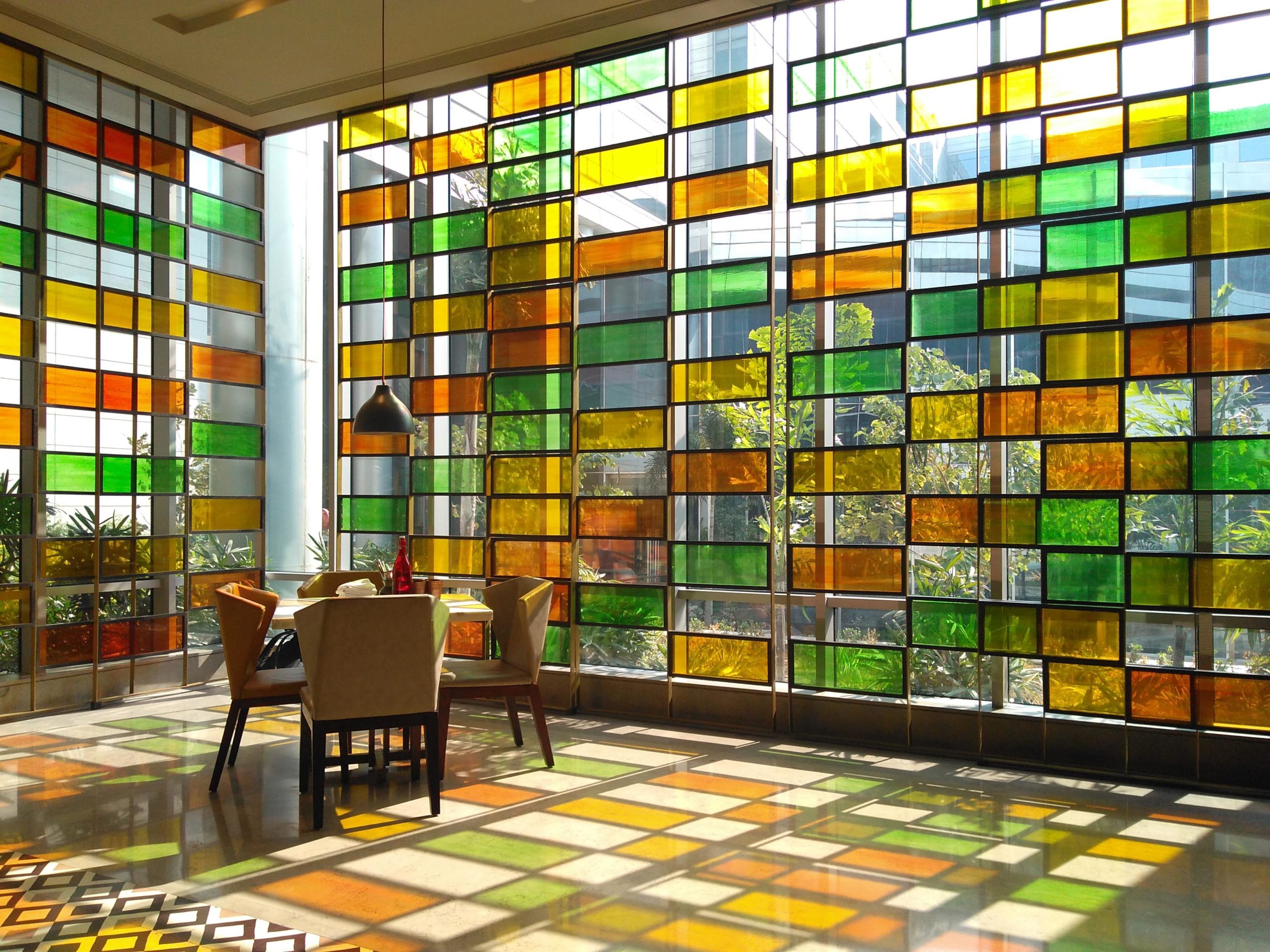
How does a competition like the One Photo Challenge contribute to the architectural profession? Do you see any broader implications?
It was winning a national photography competition organized by the Miami chapter of the AIA and The Miami Herald that gave me my first taste that photography could become a viable professional path, not just a hobby. I think that a competition like this one helps create opportunities to elevate the art of architectural photography beyond its niche. It shows the diversity of approaches to the theme, which draws attention to the myriad subjective aspects inherent in our experience of the built world. If architects pay attention, competitions like this are a great reminder that architecture is way more than just shelter.
When judging an architectural photograph, what are the main elements that you look for?
A point of view that the photo expresses a personal point of view beyond mere documentation. That the photographer engaged with the structure or place being shot, really capturing that moment.
Finally, do you have any tips for the participants of this year’s One Photo Challenge?
Look at paintings! Paintings and photography both deal with similar issues of composition. Study paintings you like, try to understand what you like about them, what moves you, analyze them pictorially, the lines and dynamics that make up the composition, and see how those elements can help you craft your own, unique vision! And then, when selecting what image to enter, look for that photo that you think best represents you and your concept. Ask yourself, is this photo “me”?
Feast your eyes on the world's best architectural representation: the 2025 Vision Awards have been announced! Sign up for the program newsletter for future updates.
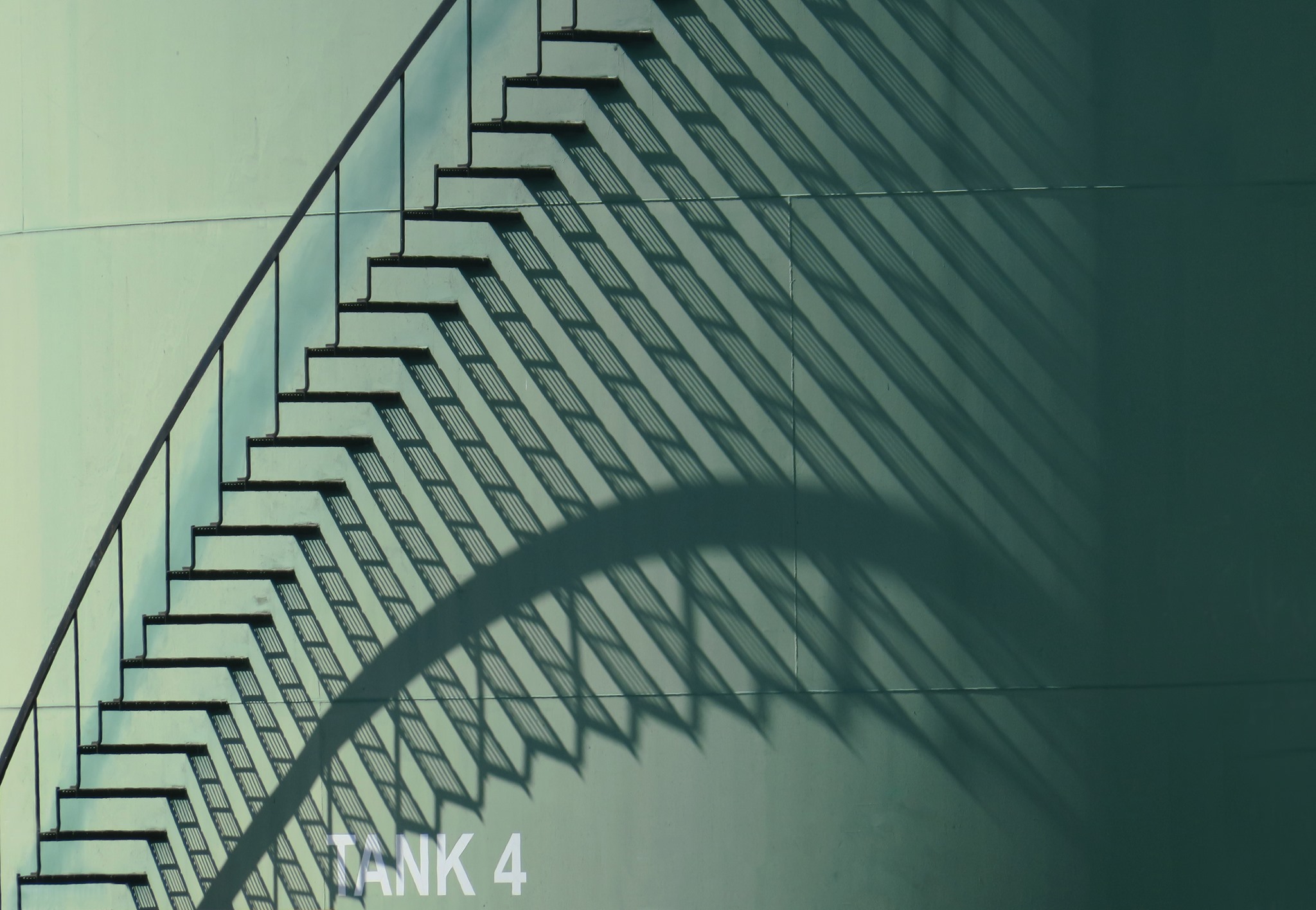
 "Mies van der Rohe's FARNSWORTH HOUSE" a book by Paul Clemence
"Mies van der Rohe's FARNSWORTH HOUSE" a book by Paul Clemence 